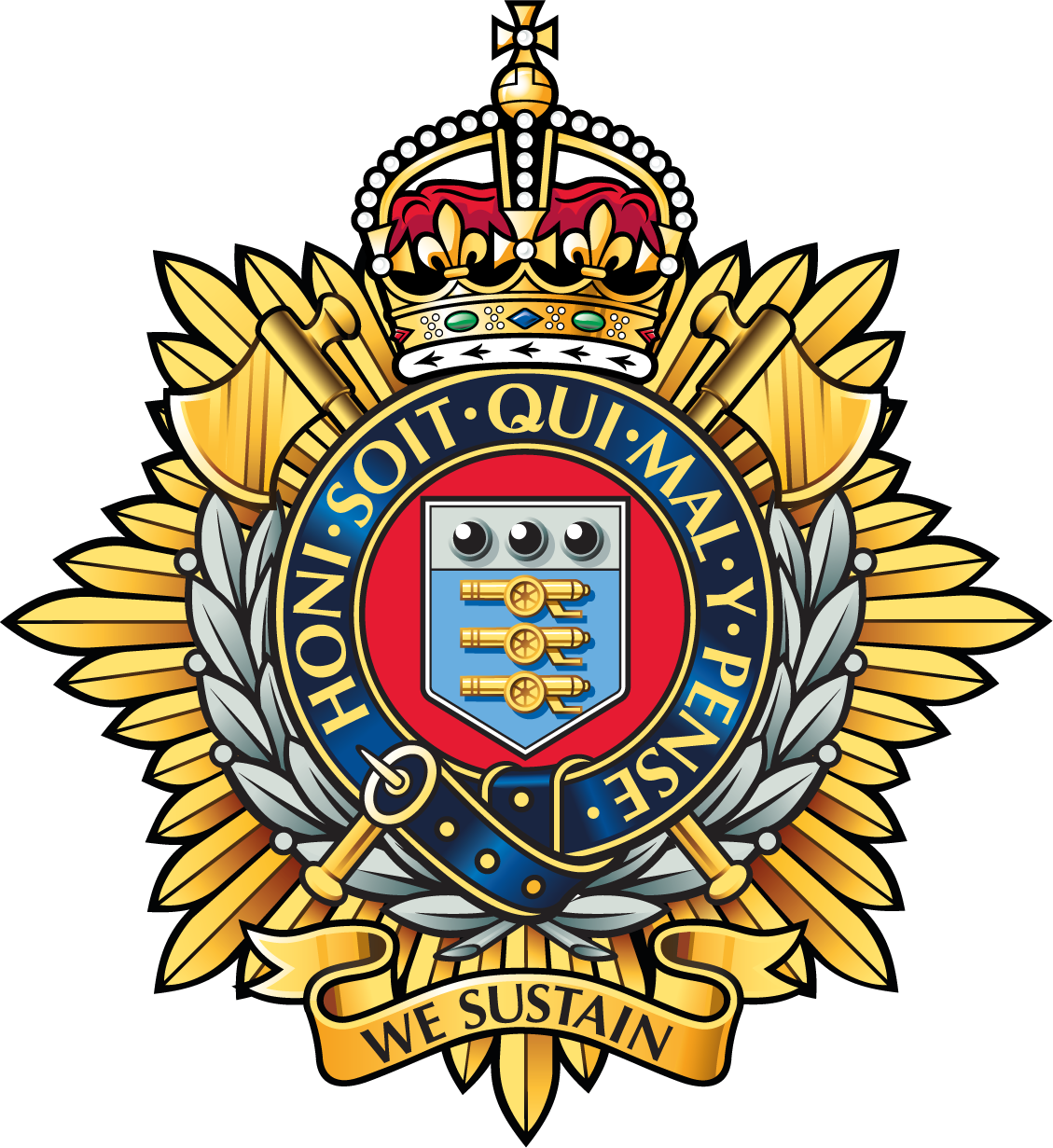When the British Army went to war in August 1914, it was entirely reliant on horsepower. Motor vehicles were still a novelty, expensive, not always reliable, and yet unproven. Although the War Office had commissioned many trials of motor lorries, motor cars and even tracked vehicles, very few had been accepted into service. At a time when many of the civilian haulage contractors and Omnibus companies were mechanising, the fastest that the Army could move, once off the boat or train, was at the speed of a horse.
Military tradition and the tactical mindset still considered the man on horseback to be the best antidote to the man on foot and at the outset of war the cavalry and mounted infantry still had the greatest capability, until they met machine guns and barbed wire. Motor vehicles were heavy and confined to good roads. The Army needed good cross-country capability and only animal transport could provide that. Change was coming fast but not soon enough to give the Army any other option. Almost everything that moved on wheels was horse-drawn.
RLC Horse-Drawn Heritage has a number of WW1 vehicles in its collection, most of which are displayed with or without horse power throughout the year around the country. We are a voluntary group of dedicated service and civilian personnel with a passion for WW1 history and for promoting this to the general public. We are affiliated to the RLC Museum, Worthy Down and by bringing history to life, we aim to conserve, educate and inspire. We represent the Royal Logistic Corps with the history of its past.
